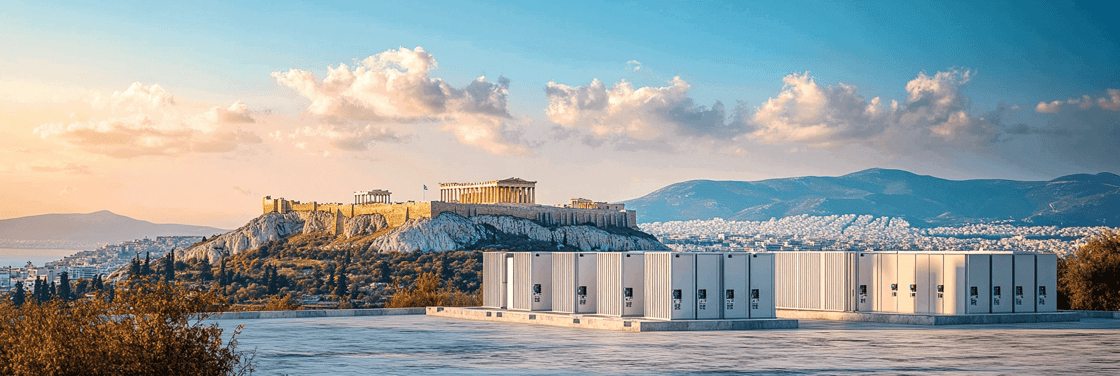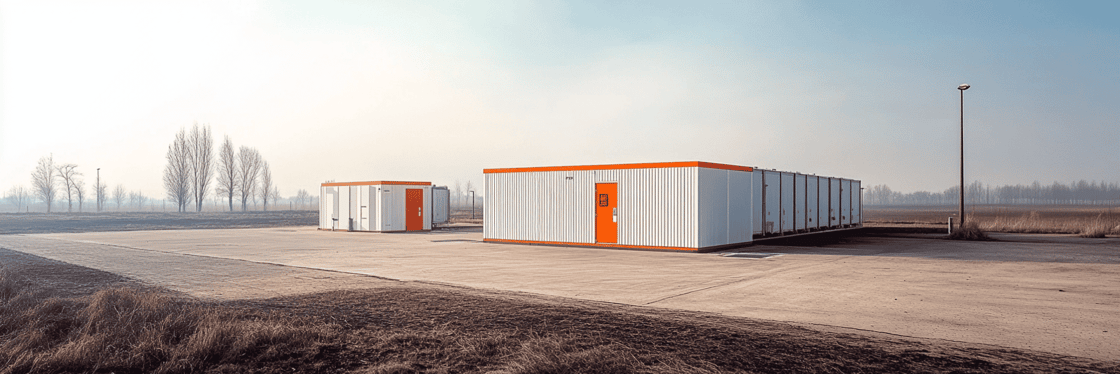How automated power trading came into existence and what’s next
Whether it be human or computerized traders - being successful at energy trading is determined by the skill to make the right decisions at the right opportunities. The days of human traders being successful working with just a handful of presumptions are now gone. For a couple of decades, technology has been standing by our side and has been ever more responsible for helping us raise the bar in trading. Today’s industry heavily relies on machines to make trading decisions in the blink of an eye - leveraging an unimaginable amount of data in real-time.
You might wonder if there is a next level in automated trading or if it has already reached the ceiling with algo trading. Spoiler alert: We're still nowhere near the end of the line, as these technologies continue to evolve on their own, making room for faster and better trading decisions. The next phase of evolution within trading is ‘augmented trading,’ which makes use of artificial intelligence. But to fully understand the perks of algorithmic trading, we first have to understand what makes manual human traders successful.
The main advantage of human traders is that they can take into account everything that is going on and process it simultaneously. This includes being able to react to special events surrounding the marketplace and to market anomalies. Humans also can develop a certain intuition for when a certain momentum in the market is favoring them, while most robots can only execute decisions that stem from pre-programmed scenarios.
Automated trading machines can’t rely on intuition and feelings, but being calculated helps them to avoid certain mistakes that human traders commit. Sticking perfectly to a predefined plan minimizes the risk of being susceptible to odd market occurrences or just plain errors, like entering wrong information in the trading system. With a complex trading strategy, a machine can easily deal with the wide sets of information, where a human trader would possibly lose track. And most obviously, a machine never gets tired and works 24/7.
Human traders, however, are not entirely out of the picture, as it needs the skill to monitor and optimize the performance of these automated trading systems. To achieve better results than the competition, manual human traders had to know how to use automation in their favor. To do so, they relied on the latest automation technologies of their respective time. In a kind of ‘evolution in sophistication,’ by always having a more complex approximation, companies were able to make more competitive decisions and outdo their competition. So if the operation of a new automation technology began to be more profitable, it started to replace the previous one and quickly set a new industry standard. To understand these stages of complexity in trading technology, we want to provide a brief evolution.
The evolution of automated trading
Automated trading is defined as a tool that uses software to minimize human intervention and tasks during the trading process. It automatically places bids/offers and executes trades, usually via APIs, on exchanges or other trading venues.
Stage #1: Order Routing
The first applications of exchange APIs were fairly simple. A trader used a price model to create a matrix for when to place orders at which price. Then the order was either directly sent to an exchange or first to a broker who then routed it to the exchange. Regardless of the quality of the trading decision, the problem with routing orders through a trading desk was that the delays in order execution already put the trader at a disadvantage. This type of information flow also does not allow for market interaction and is therefore not responsive to short-term changes.
Stage #2: Rule-Based Trading
Rule-based Trading precisely defines fundamental and technical parameters for the open and close positions and calculates position size. Here, the market provides input parameters for the rules that the trader has previously set, based on presumptions on pre-set scenarios, the quality of which will determine the rate of identified trading opportunities. The trading rules help the trader to avoid overtrading and increase their performance. The technicality of the rules needs to be simple so that the trader can comprehend them and help to properly understand all trading methods. These basic rules help traders to get an accurate idea of the positions and the net results. If bad trades occur, they are able to change the rules.
Stage #3: Order Generators
An external system like an asset optimization tool calculates market data to define orders, which are sent back to the trading system. This is commonly used these days to participate in (day-ahead) auctions, like offering power plant or power storage capacity. Here these tools are oftentimes quite slow to solve these complex optimization problems, but there are time frames of several minutes up to a couple of hours available for trading successfully on these auctions. However, some trading opportunities are always lost, as market changes that occur during optimization cannot be considered.
Algorithmic trading
The so-called ‘algo-trading’ is a type of automated trading, which uses a combination of quantitative models for its algorithmic decision-making.
Stage #4: Code-Based Algorithms
To be able to react accordingly, code-based algos allow you to take into account all market movements in real-time. This incorporates order-book information like bid/ask prices and volumes and lets the algorithm react to changes and the behavior of other market participants. The algos have to be very carefully written in order to not be exploitable by human traders and also not to show unintended behavior when meeting other trading algorithms in the market (e.g. bot-fights).
Stage #5: Integrated Asset Optimization
Code-based algos can be improved with integrated optimization, where decision-making incorporates an even bigger set of real-time inputs. This links the underlying physical asset and its unique features and restrictions with the market in (close to) real-time in a completely automated fashion, letting the asset react to changes in market conditions as they appear, thereby allowing it to extract more value. This requires very "stable" algorithms and a sound controls framework, as the algorithm will also have to deal with any type of new/unknown scenario all by itself.
Stage #6: Augmented trading
The previously mentioned stages show how far trading technology has already evolved. The next step involves AI-based algorithms for augmented trading, which instead of using fixed rules, basically learn how the market works by scanning huge volumes of market data and experimenting in a simulated environment. Check out our follow-up article to learn about the future of trading technology.
The stages are only a description of how the technology for energy trading has become more sophisticated over time. This means if you and your company want to get into energy trading today, you do not have to "evolve" by going through all the stages; you can implement it at any level. Also, if you are already operating a trading desk that is based on any of the stages described above, you can upgrade to the next higher level at any time. Curious about how to initiate this process?
Here at enspired, we are able to offer you strong in-house energy trading expertise to always keep you up to date on changes in market behavior, and also on changes specific to your situation. As we provide trading as a service, you keep profiting from our increasing trading expertise through time. Book a non-binding call today to learn more.



